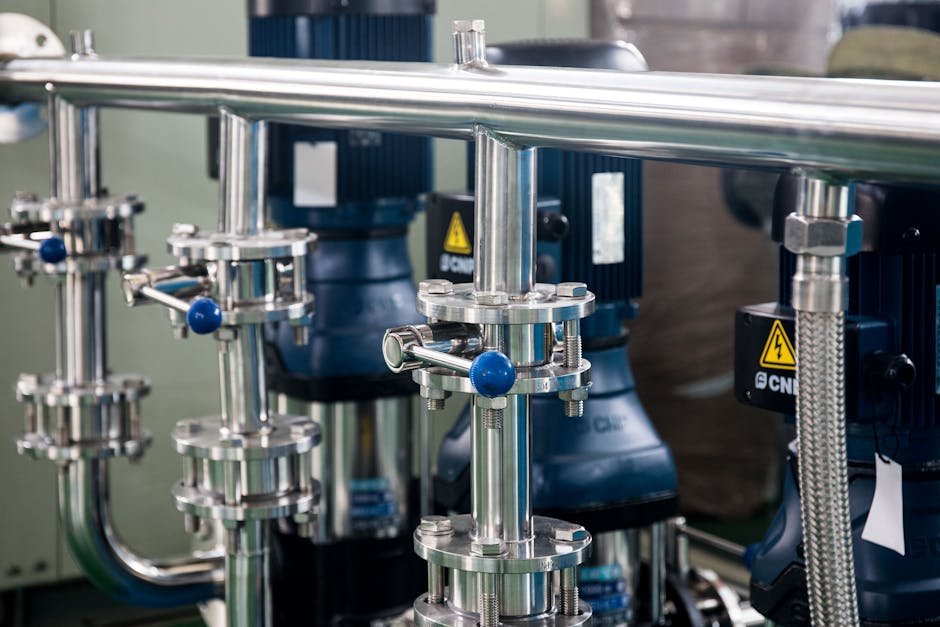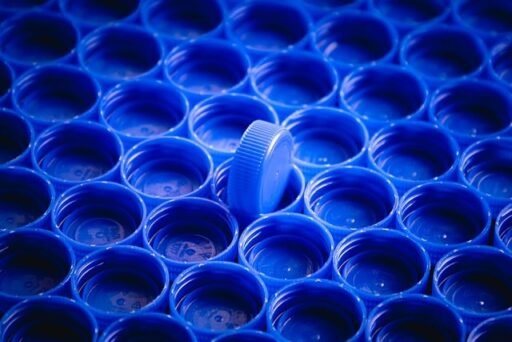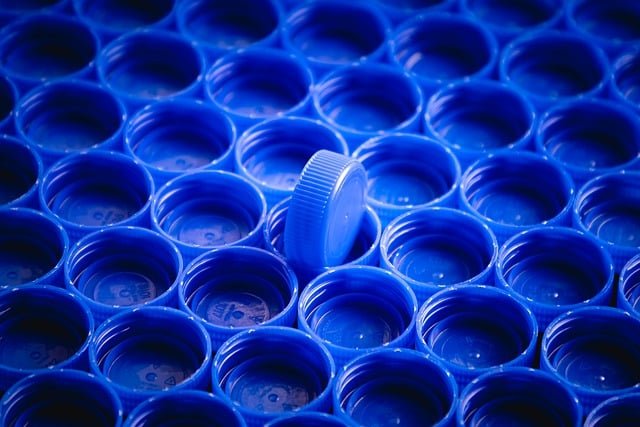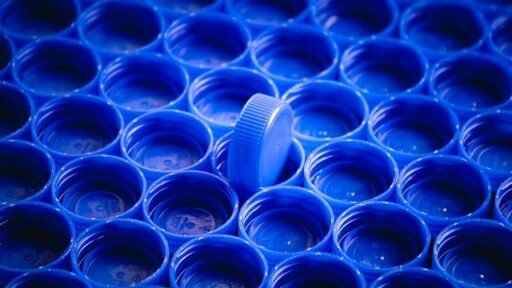## The Future is Circular: How to Improve the Quality of Recycled Plastics
Plastic. It’s durable, versatile, and undeniably present in almost every aspect of modern life. However, its very longevity poses a significant environmental challenge. While reducing plastic consumption is crucial, optimizing the recycling process is equally vital for a sustainable future. This is where the concept of a circular economy comes into play, aiming to keep resources in use for as long as possible.
### ## The Challenges of Plastic Recycling
Recycling plastic isn’t as simple as tossing a bottle into the blue bin. Several factors can hinder the process and impact the quality of recycled plastics:
**### ### Contamination:**
Food residue, labels, and mixed materials can contaminate plastic waste streams. This contamination necessitates additional sorting and cleaning processes, increasing costs and potentially compromising the quality of the recycled material.
**### ### Degradation:**
Each time plastic is recycled, its polymer chains can break down, leading to a decline in quality. This degradation limits the number of times plastic can be effectively recycled and often results in downcycling, where the recycled material is used for lower-grade applications.
**### ### Lack of Standardization:**
The diversity of plastic types and the absence of standardized labeling practices create confusion for consumers and challenges for recycling facilities. This inconsistency can lead to improper sorting and ultimately, lower-quality recycled plastic.
These challenges highlight the need for a multi-faceted approach to improve the quality of recycled plastics.
### ## Innovations Driving Change
Fortunately, advancements in technology and shifts in consumer behavior are paving the way for higher-quality recycled plastics:
**### ### Advanced Sorting Technologies:**
**Near-infrared (NIR) spectroscopy** and **artificial intelligence (AI)** are revolutionizing the sorting process. NIR sensors can identify different plastic types based on their unique spectral signatures, while AI-powered systems can recognize and separate various shapes, colors, and materials with remarkable accuracy. These technologies significantly reduce contamination and improve the efficiency of recycling facilities.
**### ### Chemical Recycling:**
Traditional mechanical recycling has its limitations, particularly with mixed and contaminated plastics. Chemical recycling, on the other hand, uses heat, pressure, or catalysts to break down plastic polymers into their basic building blocks. This process allows for the creation of virgin-quality plastic from previously unrecyclable materials, closing the loop on plastic waste.
**### ### Biodegradable and Compostable Plastics:**
While not a direct solution to conventional plastic recycling, the development of biodegradable and compostable plastics offers a promising alternative. These materials are designed to break down into natural components in specific environments, reducing plastic pollution








